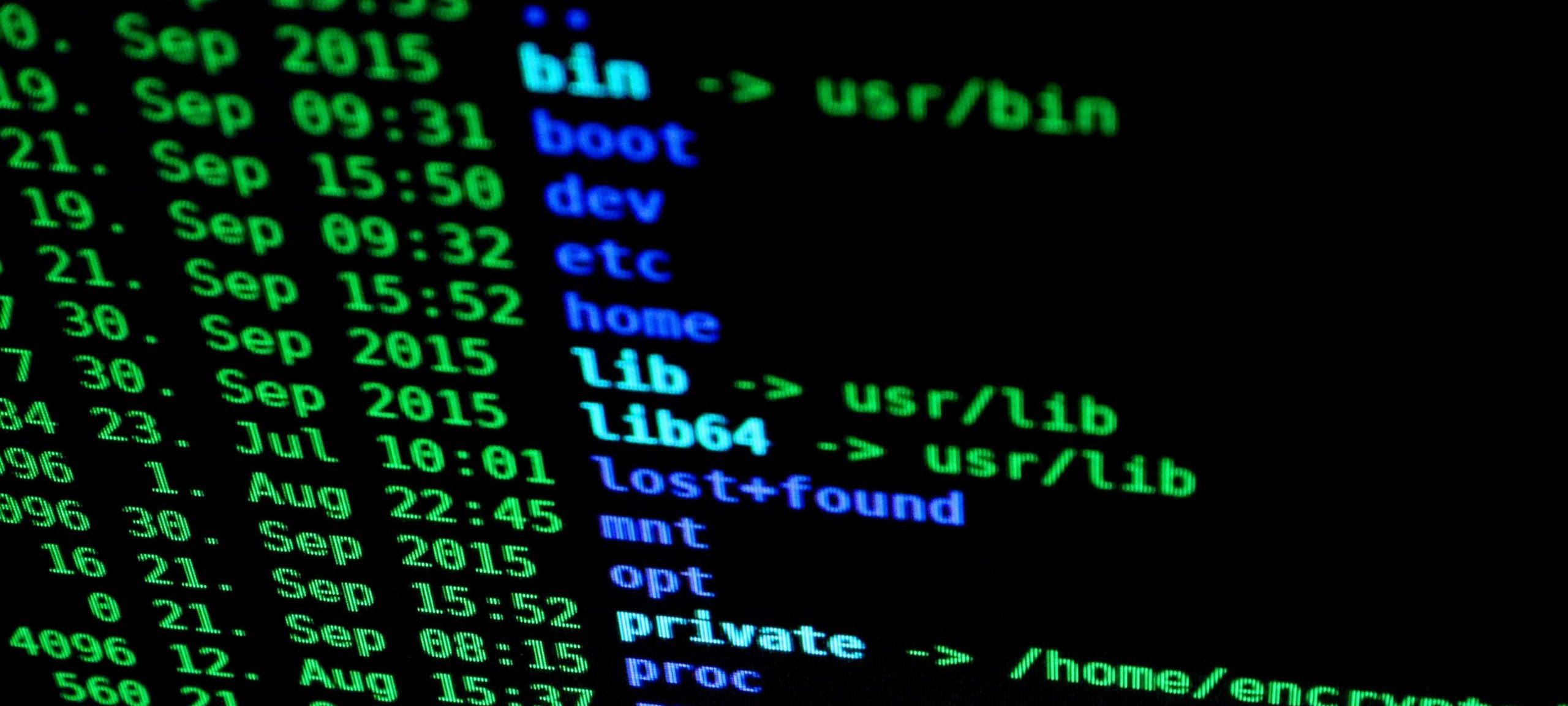In the intricate dance of cybersecurity, threats from within an organization’s own walls can be as formidable as those from external sources. Insider threats, originating from employees, contractors, or partners with privileged access to sensitive information, present a unique challenge that requires careful navigation. This article delves into the complexities of insider threats, their potential impact, and proactive strategies for managing and mitigating these risks effectively.
The Spectrum of Insider Threats
Insider threats encompass a broad spectrum of behaviors, ranging from inadvertent mistakes to deliberate malicious actions:
1. Unintentional Errors
Innocuous mistakes or lapses in judgment by well-meaning employees can inadvertently compromise security, such as clicking on phishing emails, mishandling sensitive data, or inadvertently exposing confidential information.
2. Negligent Behavior
Employees who demonstrate carelessness or disregard for security protocols, such as bypassing security controls, sharing passwords, or using unauthorized software or devices, can unwittingly create vulnerabilities that malicious actors may exploit.
3. Malicious Intent
Individuals with malicious intent, including disgruntled employees, malicious insiders, or individuals coerced by external actors, may intentionally abuse their access privileges, steal sensitive data, or sabotage systems for personal gain, revenge, or ideological reasons.
Impact of Insider Threats
The consequences of insider threats can be profound and wide-ranging, including:
1. Data Breaches
Insider threats can lead to unauthorized access, exfiltration, or disclosure of sensitive data, resulting in data breaches that can cause significant financial, legal, and reputational damage to organizations.
2. Intellectual Property Theft
Insider threats targeting intellectual property, trade secrets, or proprietary information can undermine an organization’s competitive advantage, erode market share, and impede innovation and growth.
3. Operational Disruption
Malicious insiders may disrupt business operations by tampering with systems, deleting critical data, or launching attacks that disrupt services, leading to downtime, financial losses, and damage to the organization’s reputation.
4. Regulatory Compliance Violations
Insider threats can result in violations of regulatory requirements, industry standards, and contractual obligations, exposing organizations to legal liabilities, fines, and reputational harm.
Managing Insider Risk Effectively
To effectively manage insider threats, organizations must adopt a holistic and proactive approach:
1. Risk Assessment and Profiling
Conducting comprehensive risk assessments and profiling users based on their roles, responsibilities, and access privileges can help organizations identify and prioritize insider risks.
2. Access Control and Monitoring
Implementing robust access controls, enforcing the principle of least privilege, and deploying monitoring solutions to track user activity, network traffic, and system logs can help detect and deter insider threats.
3. Behavioral Analytics and Anomaly Detection
Leveraging advanced technologies such as user behavior analytics (UBA) and anomaly detection can help organizations identify suspicious behavior indicative of insider threats and enable timely intervention.
4. Employee Training and Awareness
Educating employees about cybersecurity best practices, the importance of safeguarding sensitive information, and recognizing potential insider threats can help foster a culture of security awareness within the organization.
5. Incident Response and Investigation
Developing robust incident response plans and conducting thorough investigations into insider threats can help organizations minimize the impact of security incidents, mitigate risks, and prevent future occurrences.
Conclusion
Insider threats represent a significant and multifaceted challenge for organizations seeking to protect their sensitive data, intellectual property, and operational integrity. By understanding the various forms of insider threats, their potential impact, and implementing proactive strategies for managing and mitigating these risks, organizations can enhance their security posture and safeguard against internal security threats effectively. In the dynamic landscape of cybersecurity, proactive risk management and vigilant monitoring are essential to protect against the ever-evolving threat posed by insiders.
